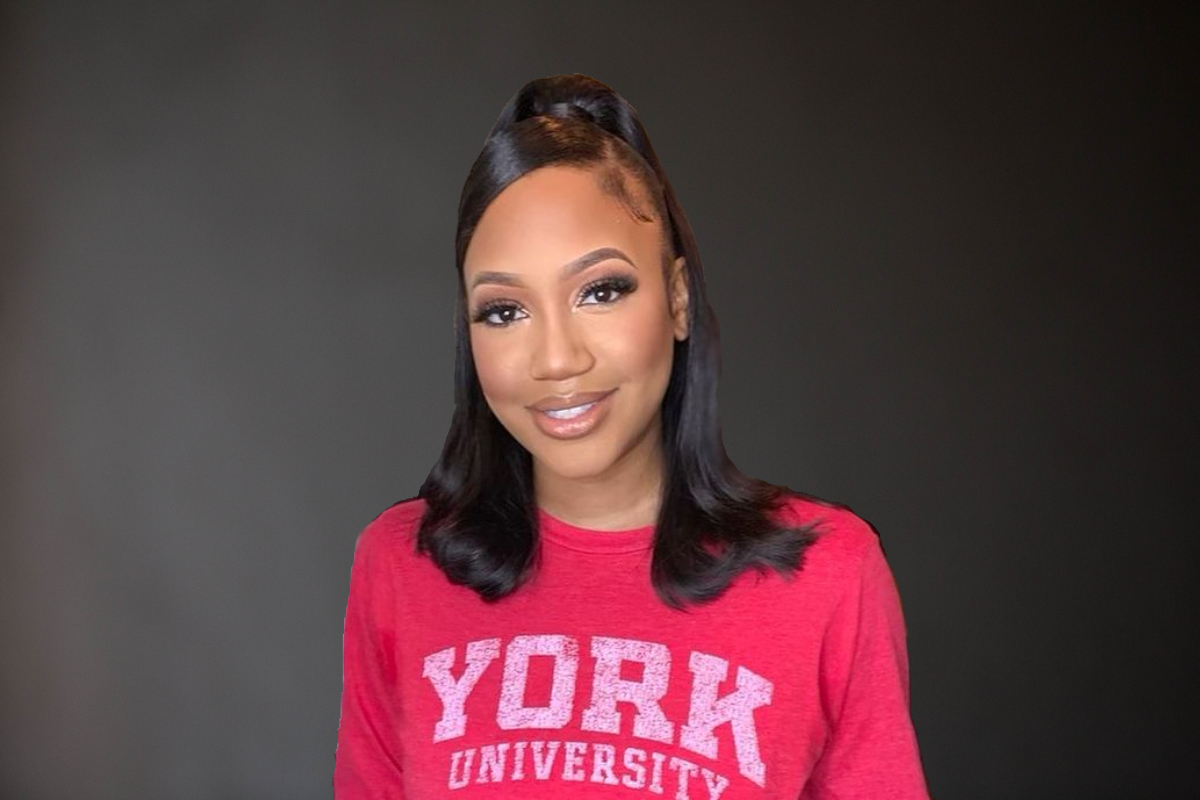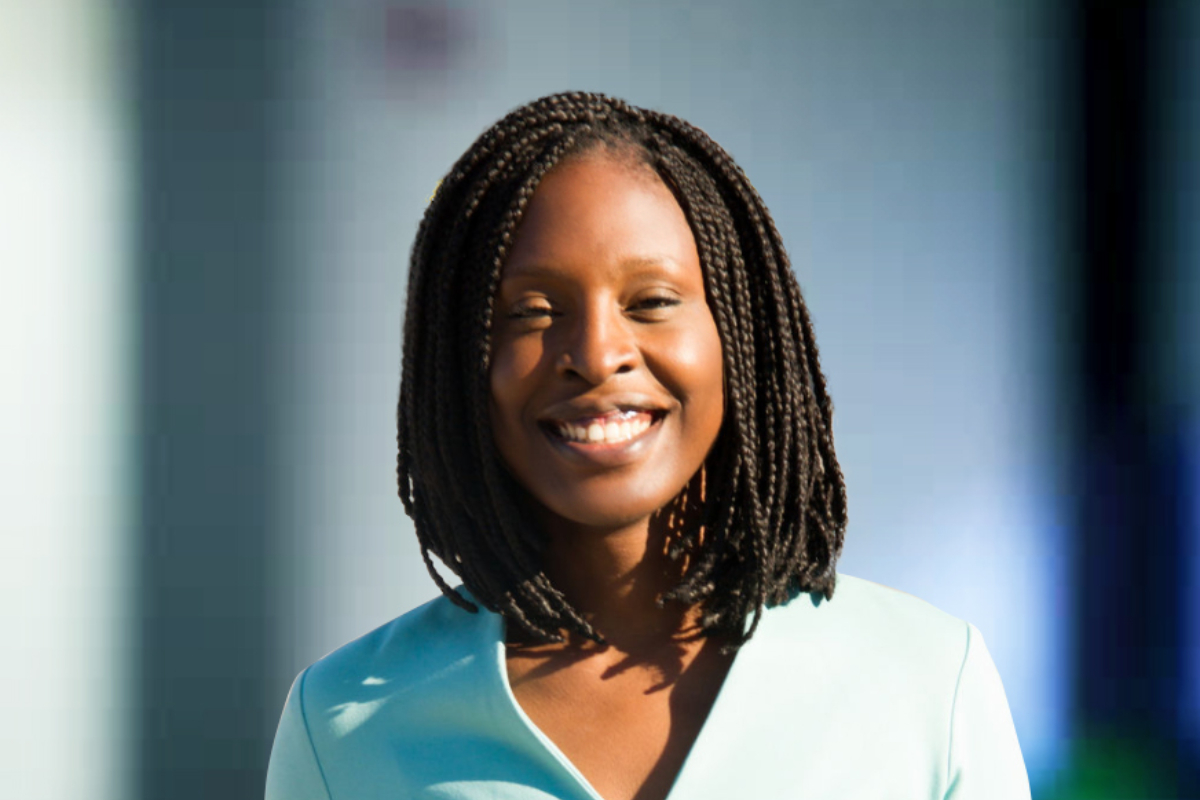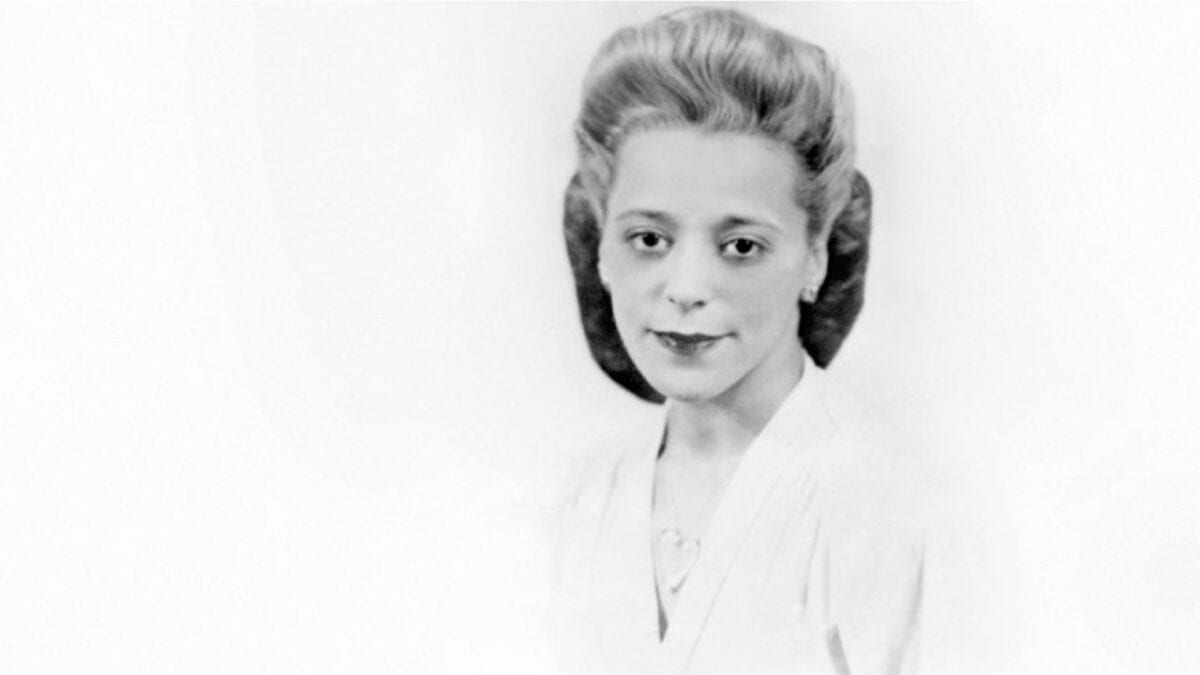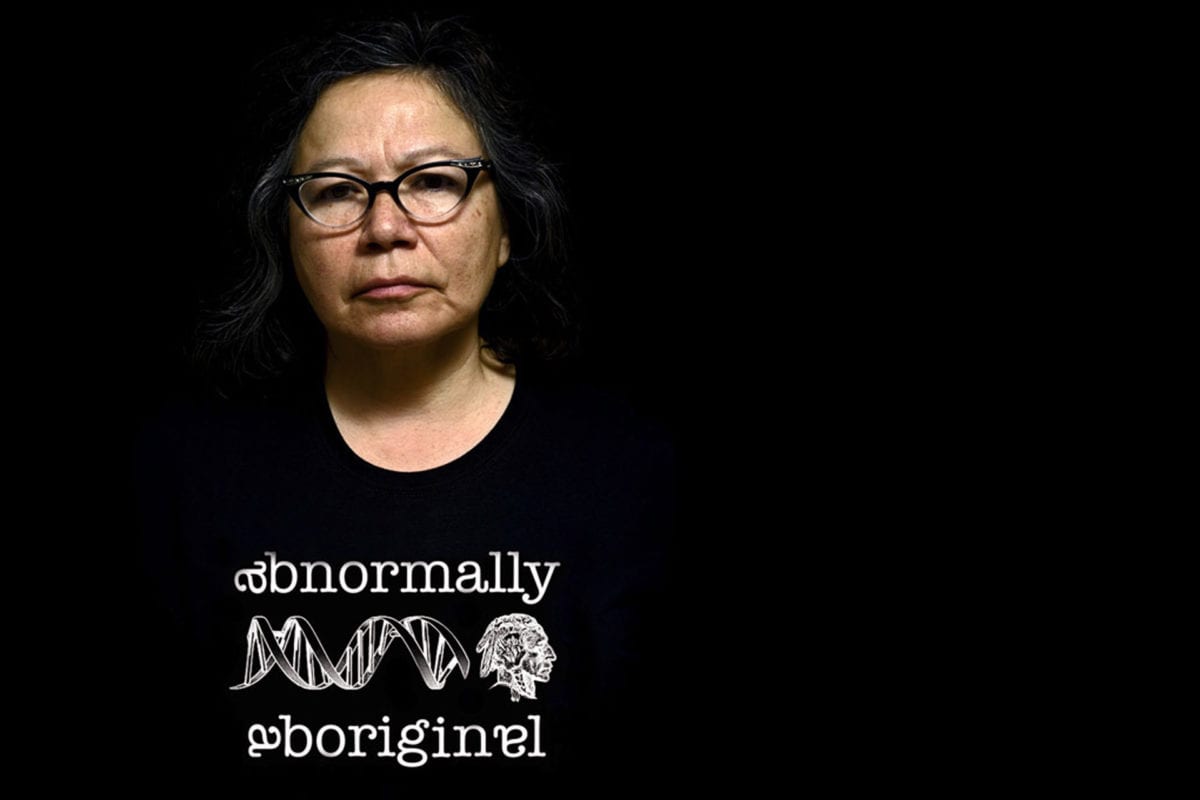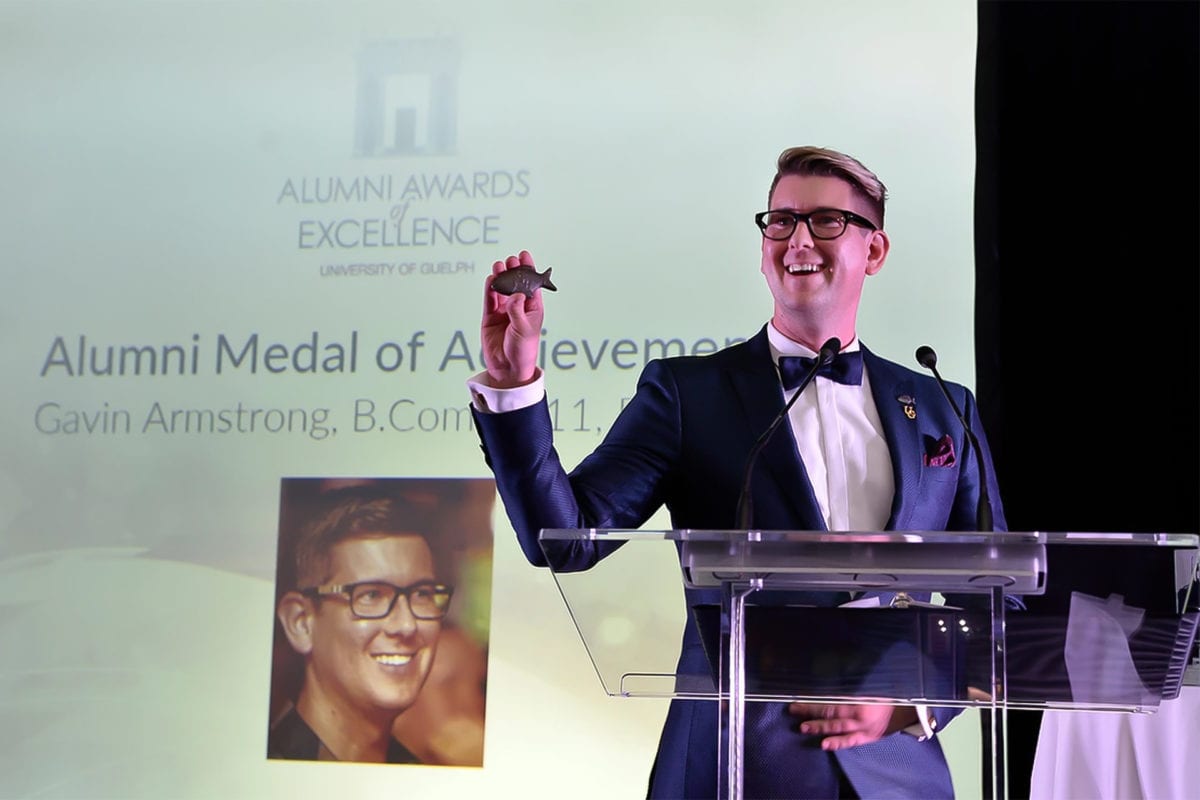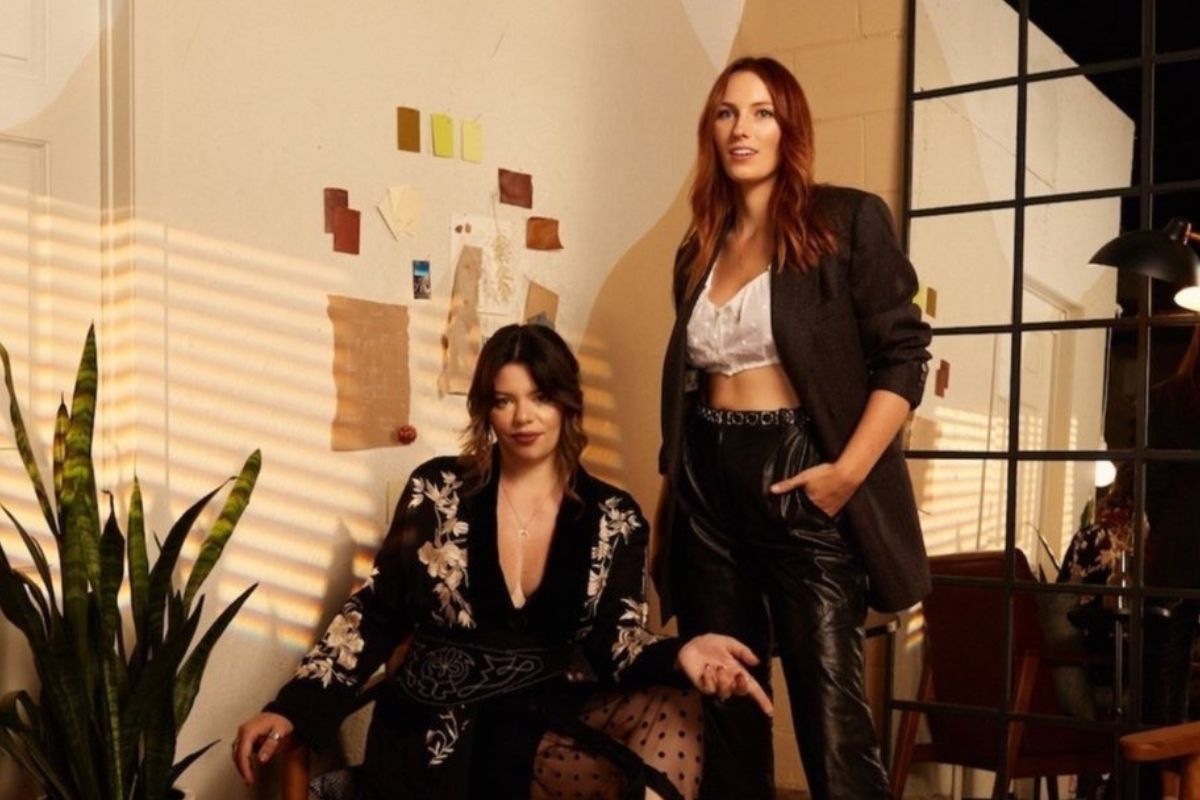Ninety-nine years after the BAND_AID® brand was formed, the company finally released their iconic product in Black and Brown skin tones—but only in America. Addressing this inclusivity gap in the Canadian market independently, Tianna McFarlane, a 30-year-old administrative assistant at York University and now budding entrepreneur, started Heal in Colour, which currently offers adhesive bandages in three darker skin tones. McFarlane spoke to The Edge about finding opportunity in market gaps, the beginning steps of entrepreneurship, and what’s next for Heal in Colour.
Tell me about yourself and about Heal in Colour. How did everything get started?
The idea of Heal in Colour came about when I was going on vacation in summer 2019. I had a really bad cut on my leg, and I realized that I was going to be wearing a bandage the whole time on vacation. That made me actually go to the store […] to see if they had adhesive bandages in other colors. I figured they have adhesive bandages in so many other colors and they have cool designs like Spider-man on them, [then] they must have Brown tone bandages. When I went into the store, I realized that it just wasn’t a thing. There aren’t adhesive bandages for Black and Brown skin.
In that moment, I realized that I had a great opportunity to fill that gap and offer adhesive bandages to Black and Brown skin. So, I used the skills that I learned for my operations management diploma [from Durham College] and really just started writing a business plan, reaching out to manufacturers. When I received my samples, I realized they were such a good match and they looked great on my skin. I knew that I wanted to start Heal in Colour and have other people with Black and Brown skin get the opportunity to feel what it feels like to have a bandage that matches their skin tone.
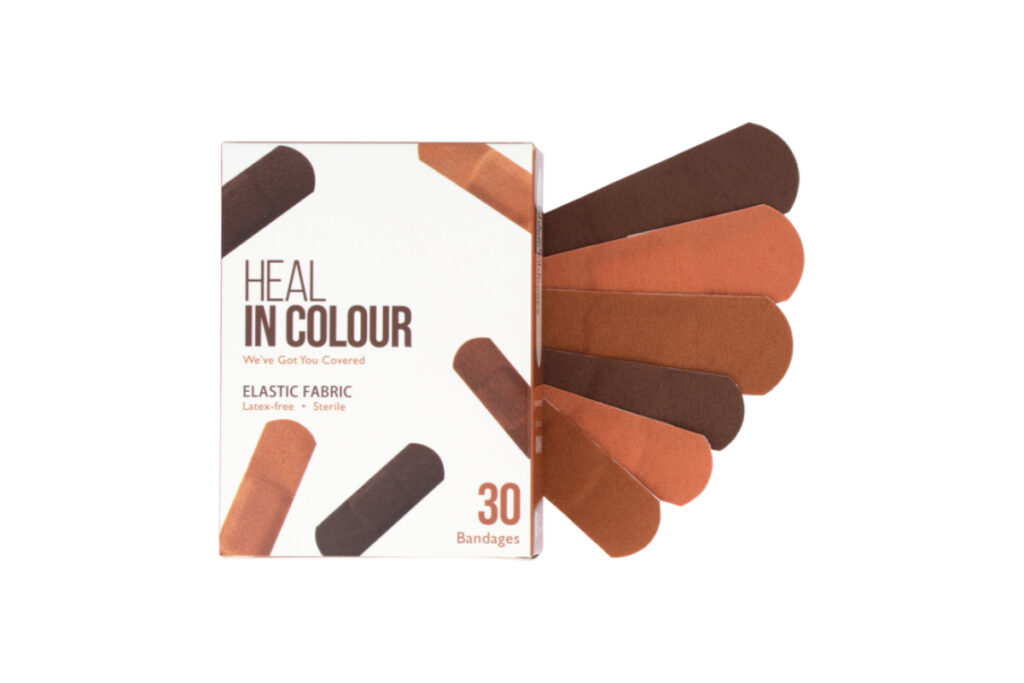
What was the biggest lesson you learned about entrepreneurship while launching Heal in Colour?
One of the biggest lessons I learned through entrepreneurship is that you absolutely will never be a hundred percent ready for launching any type of product. There are always going to be little things that you will forget and you just have to be able to be flexible and strategic, to move quickly and definitely just adapt to any changes that come your way or any problems [or] any obstacle. If you’re waiting to feel a hundred percent ready before you launch, it’s just not going to happen. Of course, you want to make sure you put enough time to feel ready, but I’ve definitely learned that there’s always going to be obstacles every single day. You never know what’s going to come your way. You just have to be ready to put your all into it and solve the problems. It’s very important. You have to be a constant problem solver as an entrepreneur.
Why do you think other bandage companies have taken so long to realize this gap in the market for inclusivity?
People might’ve thought about it, but no one’s really acted on providing Black and Brown skin tones. [There] hasn’t been much of a need for it, and that’s how the market works. If there is no need, the product isn’t really created. But I think that happens because no one knew that this was even a possibility. With Heal in Colour, I’m now showing that, yes, there is a possibility to have Black and Brown bandages available, and there are people that want to actually use Black and Brown bandages. I’ve gotten so much support and people love my initiative and they can’t wait to have Heal in Colour bandages in their medicine cabinet. I think it took them a while because it just wasn’t really needed. No one really said they wanted it, but I’m just proving that that’s wrong.
Do you expect Heal in Colour will continue to expand in the medical devices market?
Yes. I definitely see Heal in Colour continuing to expand. I have other products that are in the tank right now, waiting to be released. I’ll let you know about one product in the tank. Right now, we have fabric bandages, so I definitely do want to have waterproof bandages because, of course, people are going to want to use their bandages when they go swimming and stuff. So waterproof bandages are going to be the next thing that I expand with. I also want to create first aid kits. We always need first aid kits all over. So, yeah. Definitely going to expand. Have a few things in the tank. That’s all I can say for now though. Don’t want to give my ideas away!
Heal in Colour’s vision is inclusive and focuses on diversified markets. In what ways do you think entrepreneurs can come up with products and services that cater to specific communities and reach people?
I think that entrepreneurs can look at already what’s offered and just kind of brainstorm products that were created that have the opportunity to be tweaked a little bit for Black and Brown people or whoever it may be. There are so many products out there—I’m sure that I don’t even know—that are not catered specifically to Black and Brown people. You might have to do a little bit of research, but there’s definitely room for more inclusion and diversity in our world, as we know. Only in 2021, we’re getting Black and Brown bandages, so just imagine how many other things need to be diversified and how many other products should promote inclusion that aren’t right now. I think just really looking at the products—even if there’s something for yourself that you feel, “Hey, I wish this was more catered towards me”—you can create the change that you want to see, right?
Do you think anybody can be an entrepreneur?
I think that most people have what it takes to be an entrepreneur, but most people will not do what it takes to be an entrepreneur. With that being said, I’m pretty sure most everyone’s had an idea at some point in their life—”Oh, I want to do this some type of business idea,” but they never acted on it. I do think that it takes a special kind of person to be an entrepreneur because the work behind it, it’s never ending. Especially [since] most entrepreneurs work full-time jobs. I work a full-time job. I’m working nine-to-five and I have Heal in Colour full-time now. […] I think most people are capable, but it’s acting on your idea and actually putting in the work—that’s where most people kind of stumble along because it’s not as easy as most people think.
The Edge Staff

